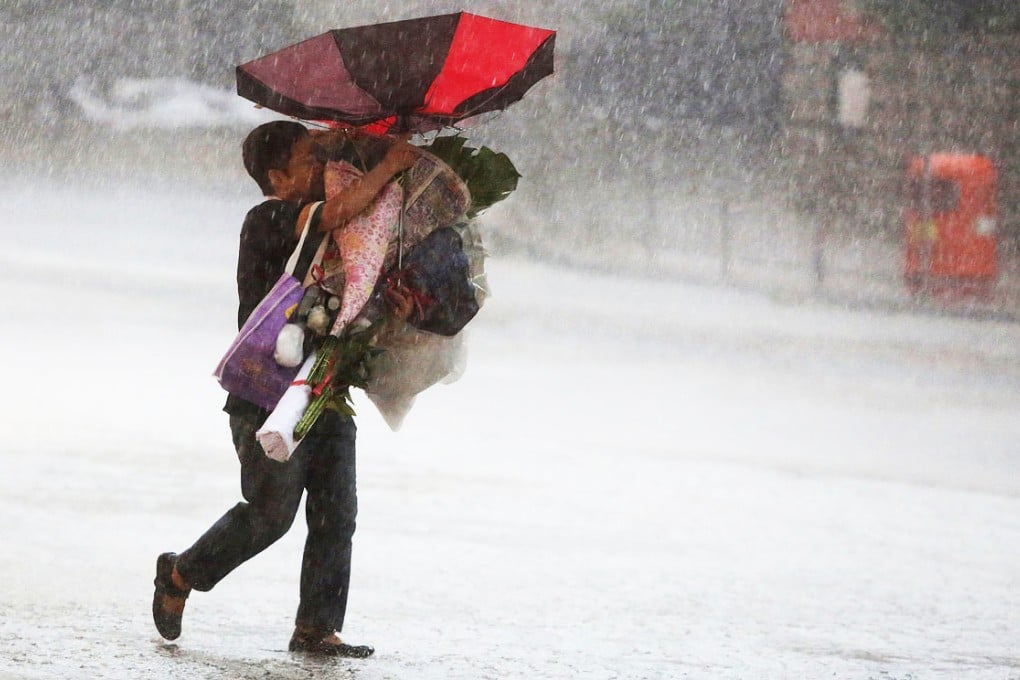Advertisement
Developing | T8 signal lowered as Typhoon Kalmaegi makes landfall in China; gales to continue
Hong Kong woke this morning to the first T8 signal of the year, which closed schools, halted ferry services and led to cancelled flights.
Reading Time:3 minutes
Why you can trust SCMP

Hong Kong woke this morning to the first T8 signal of the year, which closed schools, suspended trading and led to dozens of flight cancellations.
Gusts of up to 166km/h were recorded by Hong Kong Observatory overnight as Typhoon Kalmaegi barrelled past on its way towards Guangdong and Hainan Island.

Advertisement
Trading was suspended for the morning session.
The T8 signal was lowered at 10.40am and replaced with the T3.
Advertisement

The MTR was running limited frequency rail services on its lines, with train running every 10 to 20 minutes.
Advertisement
Select Voice
Choose your listening speed
Get through articles 2x faster
1.25x
250 WPM
Slow
Average
Fast
1.25x